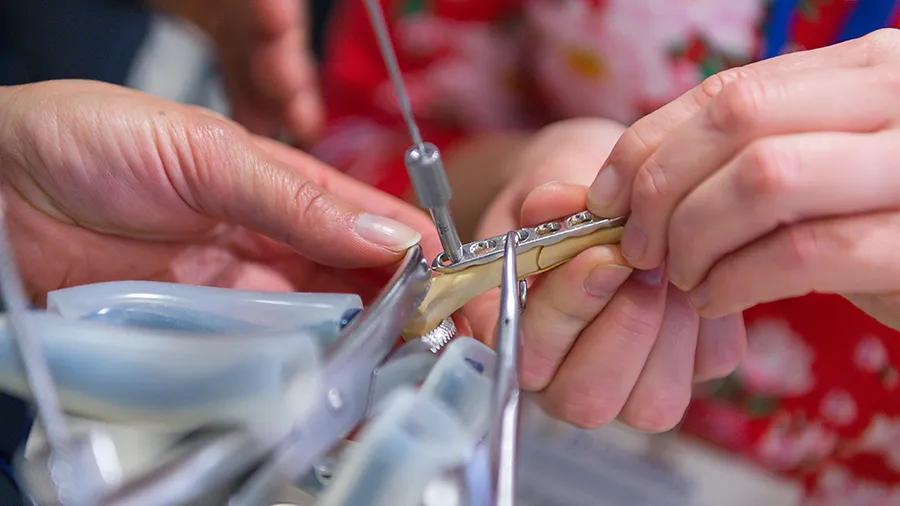Plate fixation
1. Principles/General considerations
Articular process fractures can have a traumatic or degenerative origin.

Access to the articular processes is extremely difficult, so neither the fixation nor fragment removal is recommended. Intervertebral fusion with plates applied to the ventral aspect of the adjacent vertebrae should be attempted if deterioration of the symptoms occurs.
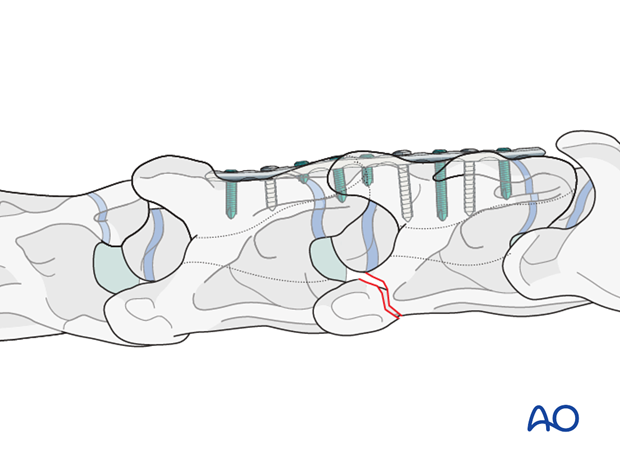
2. Preparation and approach
This procedure is performed with the patient positioned in dorsal recumbency through the ventral midline approach to the cervical spine.
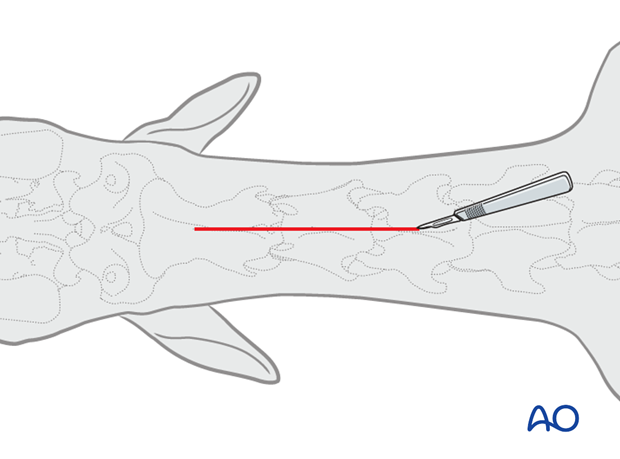
3. Intervertebral fusion
Plate selection
Either (a) locking compression plate (LCP) or (b) dynamic compression plate (DCP) is used for fracture fixation of the vertebrae. According to the size of the patient, a small or broad 3.5-4.5mm DCP or 3.5/4.0 or 4.5/5.0mm LCP is used.
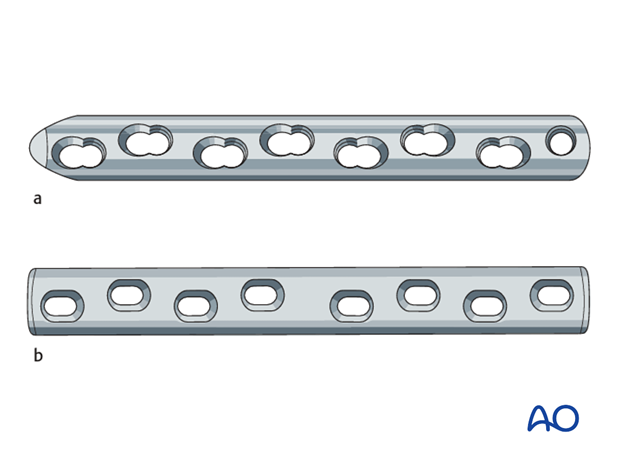
Pearl: Advantages of the LCP over the DCP:
- The plate does not have to be accurately contoured to the bone surface; therefore less bone from the ventral spine needs to be removed in preparation for plate application.
- Locking the screws to the plate provides a more stable fixation.
Plate preparation
Minimal plate contouring is needed.
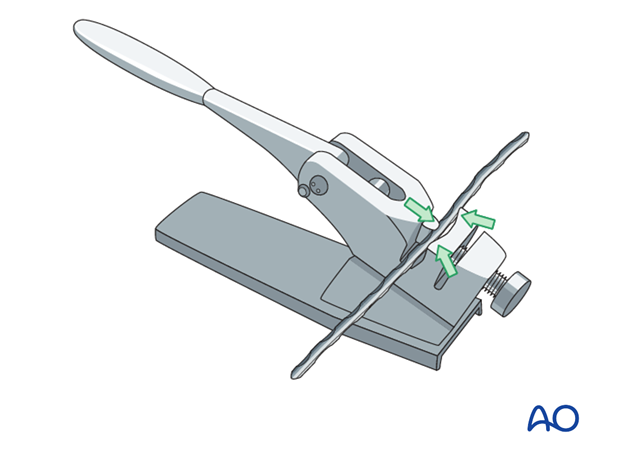
Plate application
The appropriately sized plate is applied to the ventral aspect of the vertebrae. The plate should be as long as possible to cover both vertebrae.
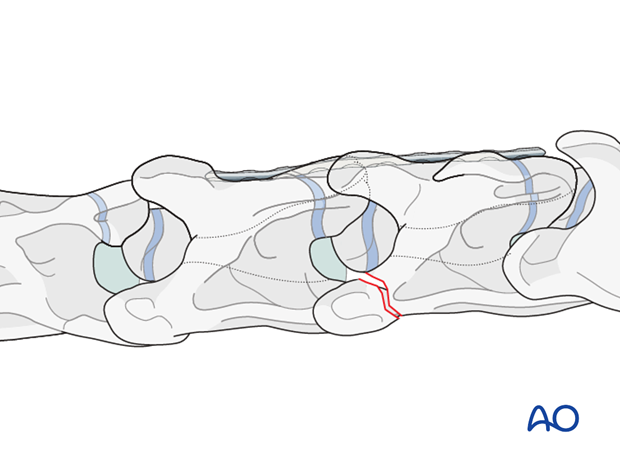
Intraoperative radiographic control of the drilling depth and screw positioning is critical to prevent penetration of the vertebral canal.
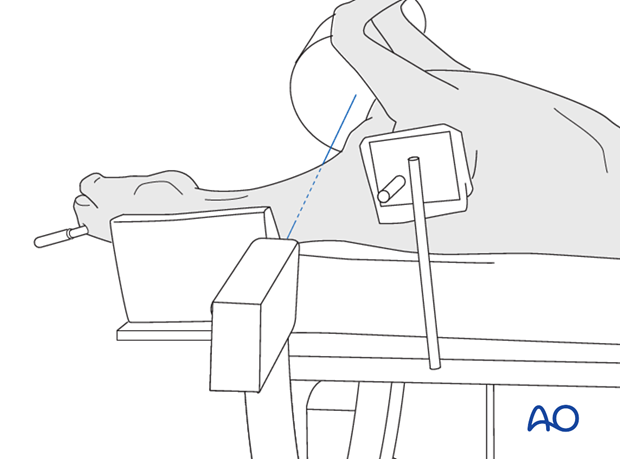
The image shows intraoperative radiographic control of the drilling depth and screw positioning.
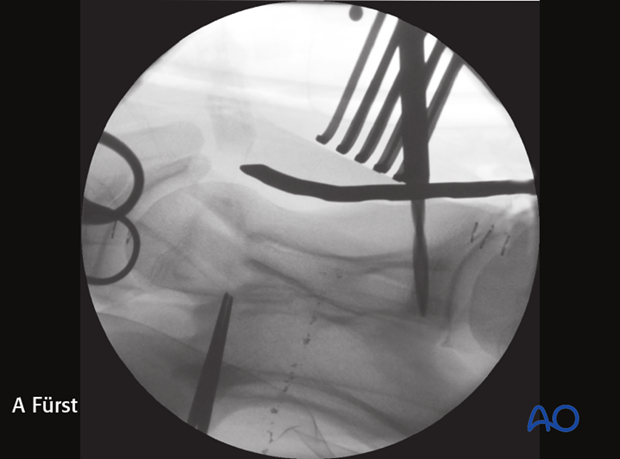
Note: Penetration of the spinal canal with the drill must be avoided.
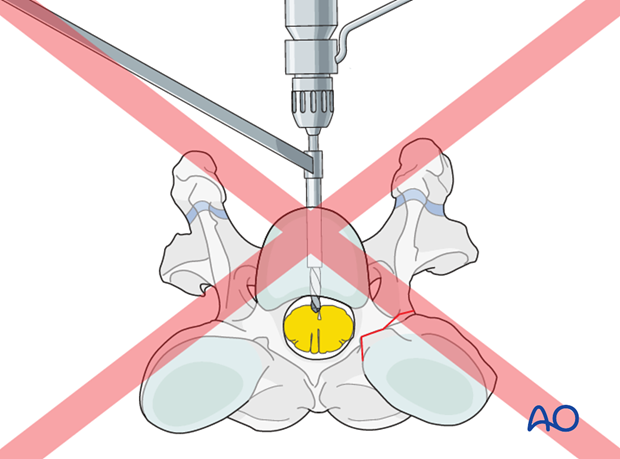
Intraoperative image showing penetration of the spinal canal.
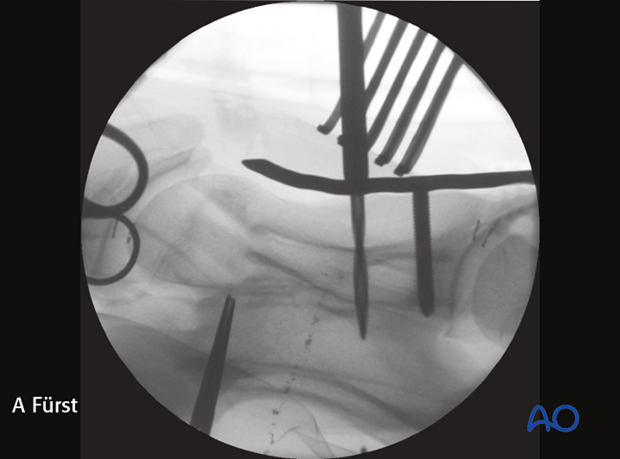
Cortex screws are used in each vertebra. The correct length of the screws is determined with the help of fluoroscopy.
Note: Attention must be paid not to damage the spinal cord.
Note: It is difficult to get a secure screw purchase in vertebral bone, particularly in foals, because of the thin vertebral cortex.

The remaining holes are filled with locking-head screws.
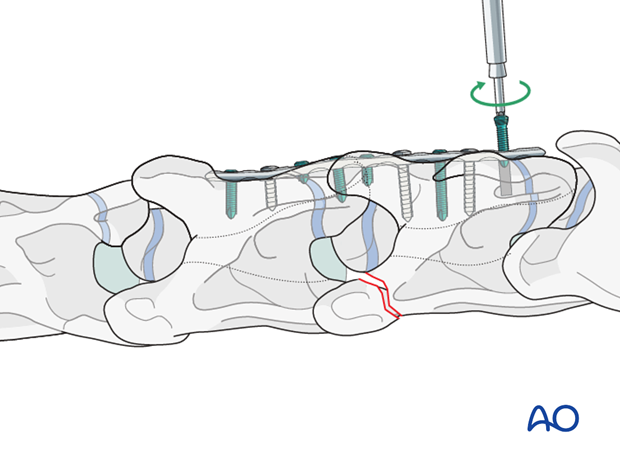
4. Closure
The muscles, subcutaneous tissue and the skin were closed in a continuous fashion. A close active drain can be placed at the level of the plate, exiting the skin near the incision and sutured to the skin.
A stent bandage is applied, and covered with an adhesive barrier drape to keep the incision clean and dry during recovery.
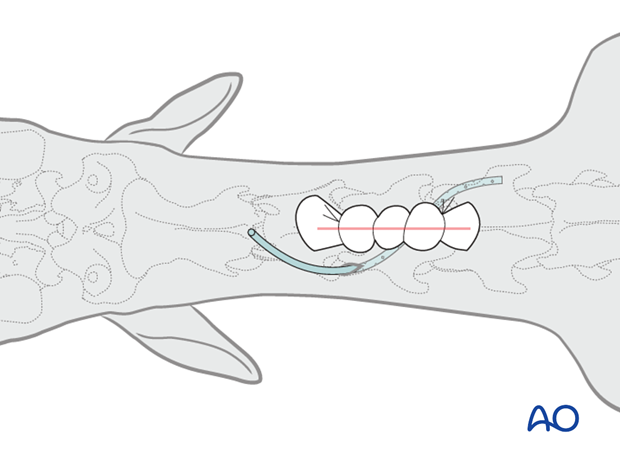
5. Aftercare
Following surgery, antibiotics and NSAIDs are routinely administered for 3 days. If indicated, they need to be continued.
Routinely follow up radiographs are taken immediately after surgery and after 2 and 4 months.
The rehabilitation protocol includes 2 months of stall confinement, followed by 1 month of hand-walking, and 2 months of progressive exercise.
Only when the ataxia has completely disappeared, the horse can return to training or other activities.
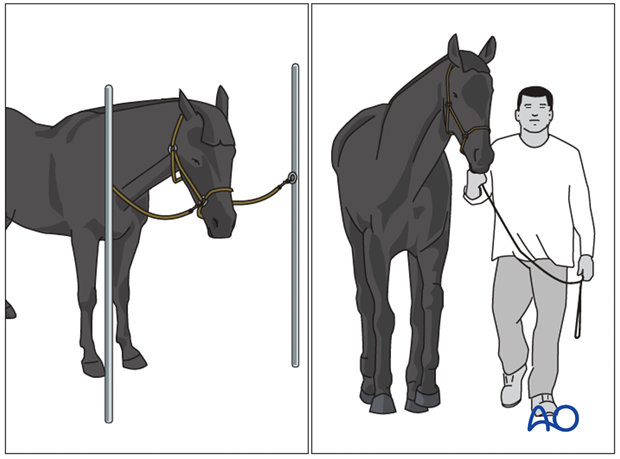
Implant removal
There is no need for implant removal, except in cases of implant loosening or surgical site infection.
